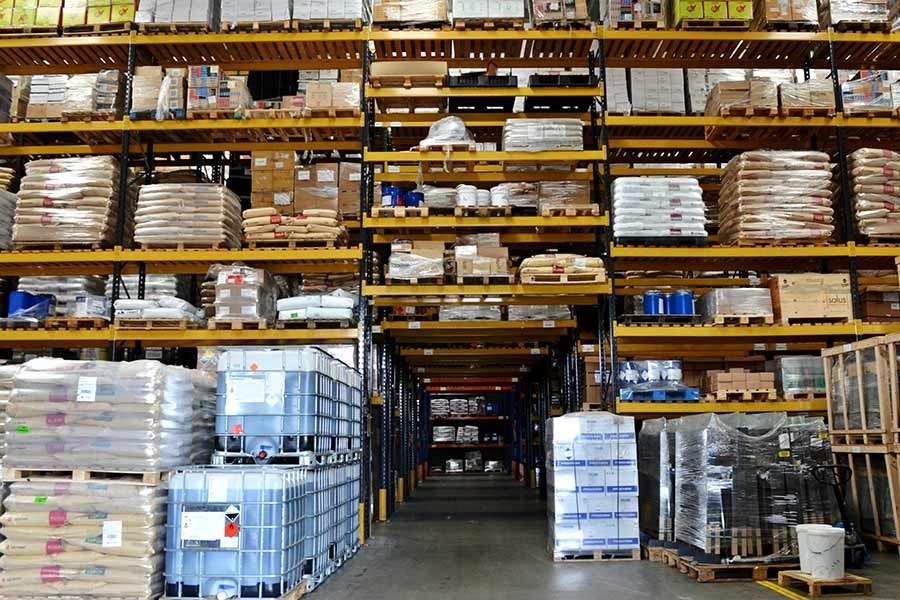A strong case was made out last Monday as part of the SANEM annual economists' conference (SAEC) 2020 for widening access to bonded warehouse facility and modernising it for all export-oriented sectors. It is common knowledge that Bangladesh exports are largely concentrated on RMG which is why it takes the lion's share of the bonded warehouse facility. None needs grudge it but the points of emphasis should be on equal playing field and replication of the garment success in a widened and deepened export trade. It is important to note that bonded warehouse facility is granted to export-oriented industries so that they can import raw materials or other necessary inputs at international prices. This in turn enables them to export their products at competitive prices.
Powerful arguments were put forward seeking to improve both availability of the facility coupled with simplification or modernisation of accessibility. There are 4,000 RMG bonded warehouse licences compared with 200 licences for non-RMG categories. The massage is more pronounced when among 1,600 items exported to the world market in FY 2018, 1,400 were in the non-RMG category. Only 250 of the export items that belonged to the RMG category were blessed with the bonded warehouse benefits, while the rest had to make do without the facility. That there is a pressing need for export diversification away from single item reliance is often cried hoarse on, but hardly acted upon in creating conditions and infrastructures congenial to the expansion of the export trade.
If the privilege of duty/tax exemption on raw materials/other inputs import under the bonded warehouse provision could also be extended to the rest, non-RMG exporters, the picture of our export basket would look not only more equitable, the income from the export would also multiply significantly.
No wonder, the present antiquated system of providing bonded warehouse facility was looked upon as a veritable spanner in the works. That is not to say that, the government policy is deliberately discriminatory or totally biased against the non-RMG sector. Of course, the government provides the facility also to some non-RMG exports, though in a highly selective manner. Generally, the government is rather generous towards the businesses serving the domestic market, which is highly protected by stiff tariff barriers. But this is in conflict with our desire to diversify and expand the export market. Our policymakers need to change their outlook and be more accommodative of imports that help export.
The delivery system of NBR, especially its relevant wing dealing with the bonded warehouse facility, is circumscribed by outmoded, mostly manual, paper-based operation, complex set of rules and redundant documentation process. Add to that its systemic revenue leakage problem. So, it is hardly surprising that the present service delivery mechanism is not suited to meet the needs of the ever-growing number of prospective beneficiaries. That calls for modernising the delivery system in a time-befitting manner. The first step to that end would be to replace the existing primitive system with a smarter, automated one. The imperative is that the policymakers have to be more sensitive towards the emerging market needs.


